Everybody changes their ukulele strings at different times. It really depends on how much you play. If you play a lot, you should change your strings every 4-6 weeks. If you barely pick up your ukulele, you can get away with waiting four months. This guide will teach you how to change ukulele strings so your ukulele can always sound crisp and beautiful.
If you don’t change your ukulele strings on a regular basis, your ukulele will build up dirt, and the instrument will be harder to play. It will sound muddled, and the sound will take away from what you’re playing. It’s important to learn how to change ukulele strings so the sound of your instrument matches your skillset.
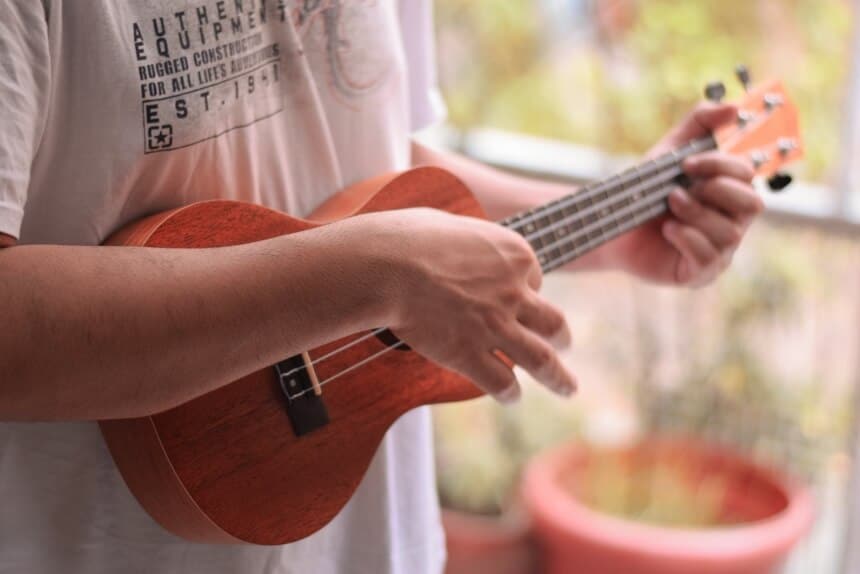 The ukulele is one of the most versatile instruments on the market. It only has four strings, so it is easy to learn, especially if you already play another string instrument. You can sing along to it or play beautiful instrumental music. It is popular in Hawaiian culture.
The ukulele is one of the most versatile instruments on the market. It only has four strings, so it is easy to learn, especially if you already play another string instrument. You can sing along to it or play beautiful instrumental music. It is popular in Hawaiian culture.
There are many different types of ukulele strings. It’s important to buy the right ones for both the size of your instrument and the sound you want. If you don’t pay attention, you’ll be stuck at home with either string that doesn’t fit or strings you don’t like.
Strings are the heart of the ukulele. They are what produces the unique, beautiful sound we have all come to love. Your ukulele strings should be carefully picked out and then maintained and changed regularly. You have a lot of different options to choose from, and if you don’t like a set that you buy, you can always try something new next time!
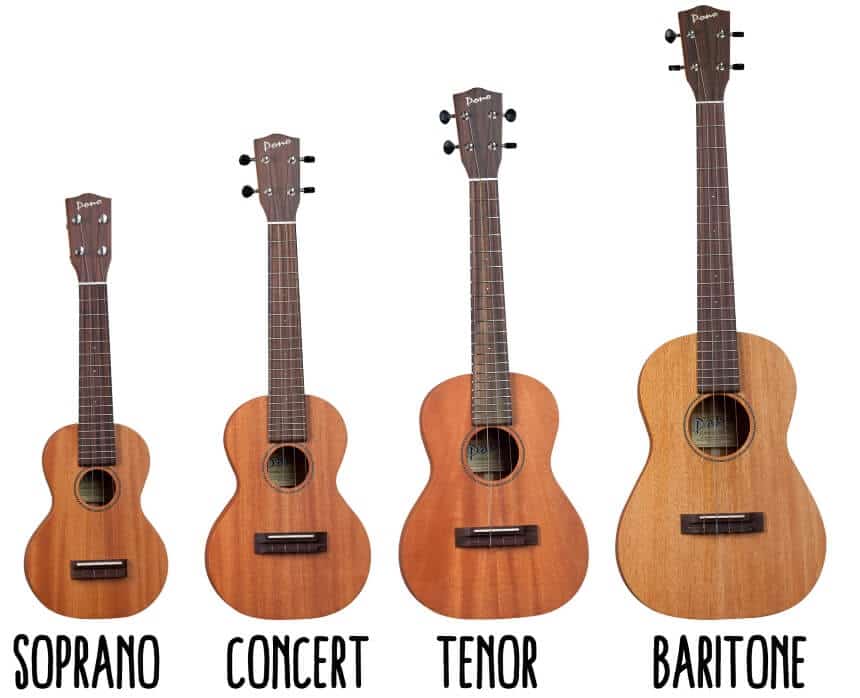 There are five different types of ukuleles: soprano, concert, tenor, baritone, and bass. This refers to the size of the ukulele. The sizes aren’t meant to match how big or small you are as a person; rather, they each produce a different sound, even though they are tuned the same way.
There are five different types of ukuleles: soprano, concert, tenor, baritone, and bass. This refers to the size of the ukulele. The sizes aren’t meant to match how big or small you are as a person; rather, they each produce a different sound, even though they are tuned the same way.
The soprano ukulele has a bright and shallow sound, while the tenor ukulele has a deeper sound. The concert is somewhere in the middle. And the baritone ukulele has the deepest, darkest sound. Baritone ukuleles are unique in their depth, and choosing the right one is important.
The bass ukulele, on the other hand, is really unique because it mimics a bass guitar. Bass ukuleles are usually played more like a bass instead of using chords. Does the bass ukulele intrigue you? This guide will help you choose the best bass ukulele!
It’s important to know what size ukulele you have so you can buy the right strings!
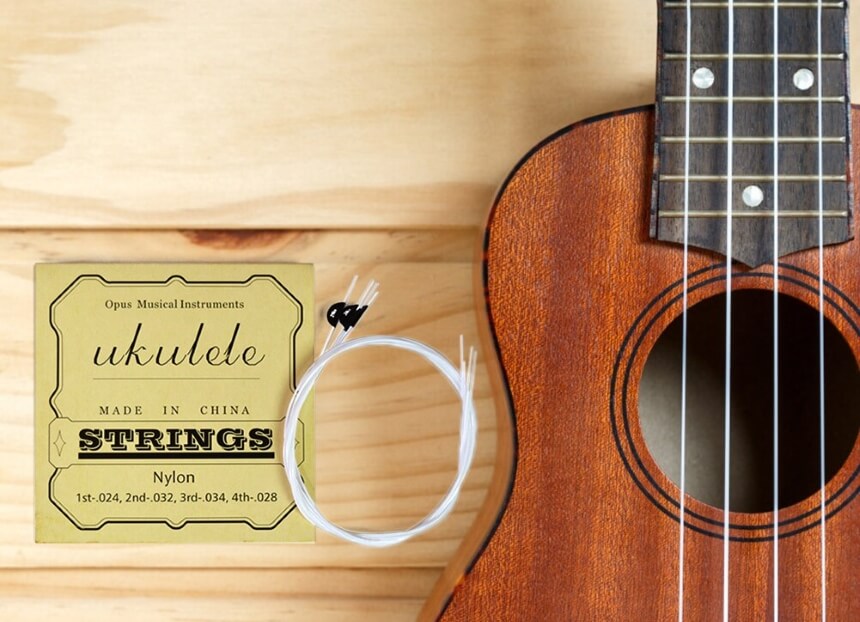 For ukuleles, you have five main string types to choose from: nylon, fluorocarbon, steel, wound nylon, and wound metal. Each of these string types has its strengths and weaknesses. The biggest difference between the strings is that they each produce a very different sound. Try out all the string types and see what you like best!
For ukuleles, you have five main string types to choose from: nylon, fluorocarbon, steel, wound nylon, and wound metal. Each of these string types has its strengths and weaknesses. The biggest difference between the strings is that they each produce a very different sound. Try out all the string types and see what you like best!
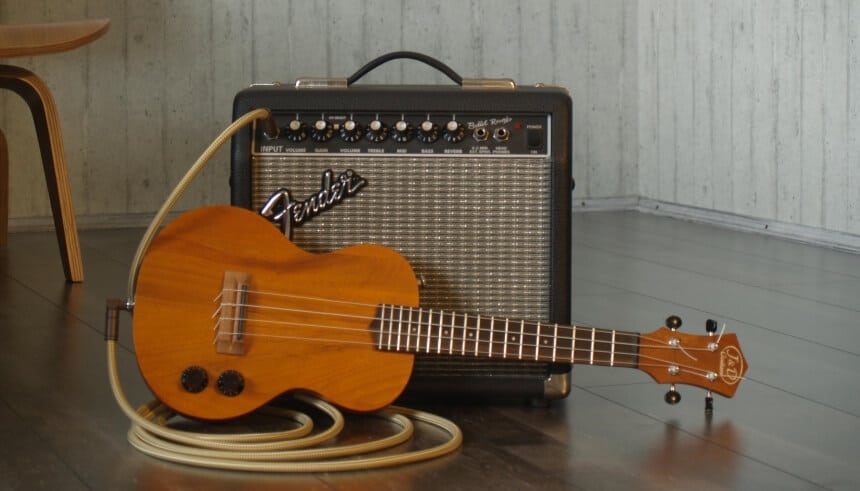 There are also
electric ukuleles
Trusted Source
Electric ukulele - Wikipedia
An electric ukulele is a ukulele which is electrically amplified. If not plugged in, it can still play acoustically.
en.wikipedia.org
! This can come in three different versions. A solid electric body, an electro-acoustic, or an acoustic with a pickup. Electric ukuleles will also need an amp.
There are also
electric ukuleles
Trusted Source
Electric ukulele - Wikipedia
An electric ukulele is a ukulele which is electrically amplified. If not plugged in, it can still play acoustically.
en.wikipedia.org
! This can come in three different versions. A solid electric body, an electro-acoustic, or an acoustic with a pickup. Electric ukuleles will also need an amp.
Electro-acoustic ukuleles have holes in the middle and look like your average ukulele, except they have a place to plug in a chord. They are great because you can play them electric or acoustic. Some of them come with tuners built-in on the side.
Acoustic ukuleles with a pickup involve putting a pickup in the hole of the ukulele. A pickup is like a microphone that connects to an amp. This way, you can convert any ukulele into an electric ukulele. If you’re going to be performing live, electric ukuleles are the way to go.
It’s important to pick an electric ukulele that fits your needs, so think long and hard before buying one.
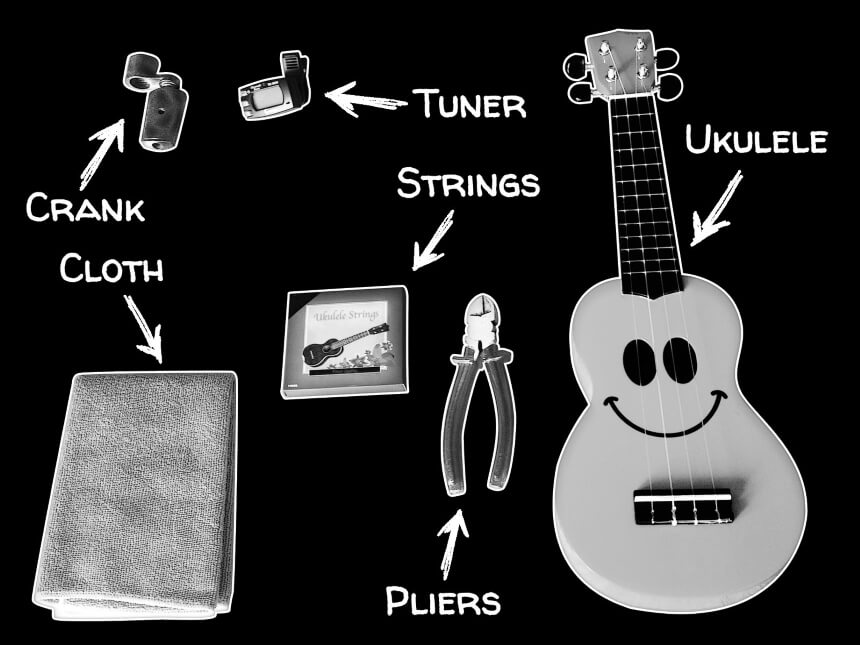 To change the ukulele strings, you need:
To change the ukulele strings, you need:
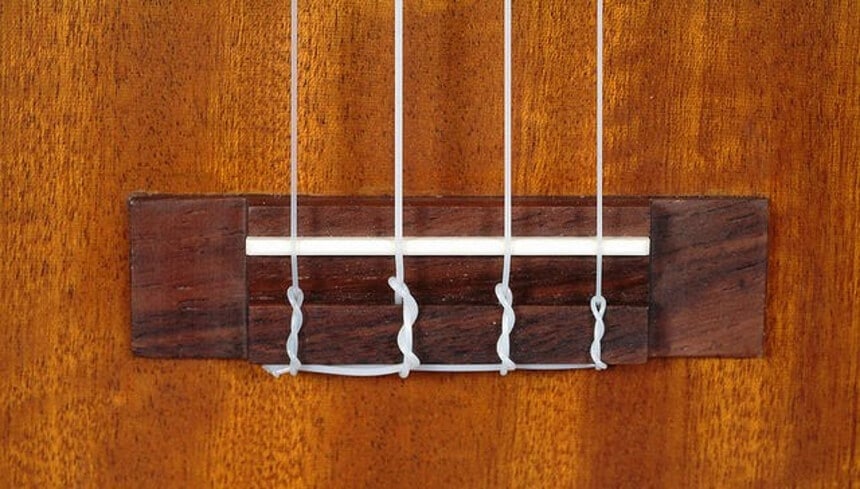 The tie-bar bridge is the most common style of bridge found on ukuleles. This bridge has a bar that you loop the strings around. You need to know how to tie the specific knot to hold the strings in place. This video will teach you how to tie that knot.
The tie-bar bridge is the most common style of bridge found on ukuleles. This bridge has a bar that you loop the strings around. You need to know how to tie the specific knot to hold the strings in place. This video will teach you how to tie that knot.
You can finish the bridge end of the string in a couple of ways. One way is to just clip them. Another is to insert the loops into other strings, which looks fancier. You can also buy bridge beads instead of tying the knot. This will save time and effort.
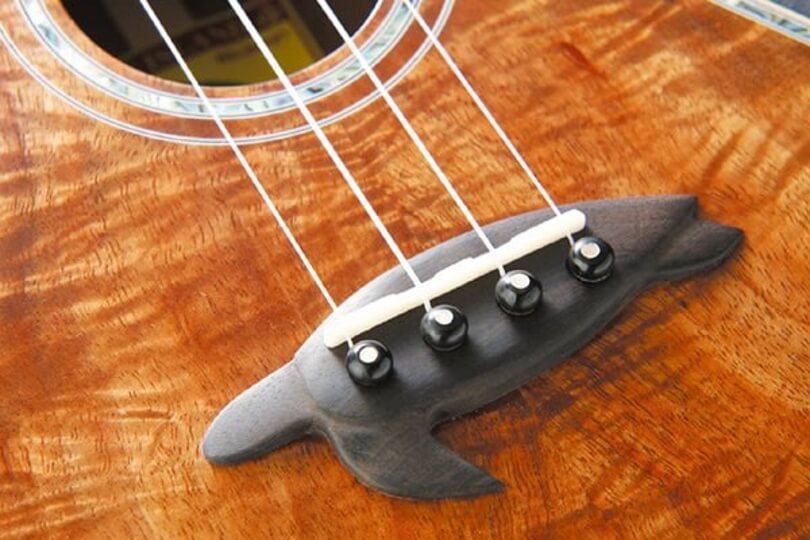 The pin bridge is usually found on acoustic guitars, but some ukulele makers love them. The strings are held in place by a bead inserted into the bridge. This makes for a very sturdy connection.
The pin bridge is usually found on acoustic guitars, but some ukulele makers love them. The strings are held in place by a bead inserted into the bridge. This makes for a very sturdy connection.
It can be a little tricky at first to change strings on a pin bridge, but with some practice, you’ll get the hang of it.
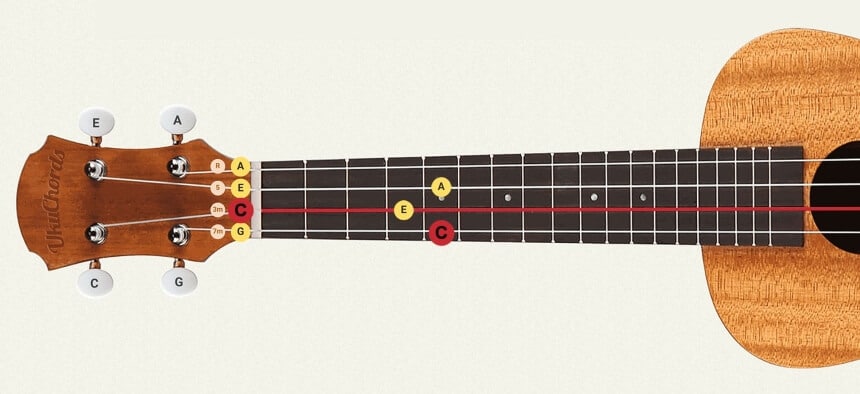 It’s important to make sure your ukulele is in tune before you play it. Otherwise, your songs will sound off-key, and it will also make it harder to sing along to. There are many ways to tune a ukulele.
It’s important to make sure your ukulele is in tune before you play it. Otherwise, your songs will sound off-key, and it will also make it harder to sing along to. There are many ways to tune a ukulele.
The standard tuning is G, C, E, A. The G is low rather than high, which gives the ukulele a more rounded sound. But you can make the G high if you prefer it that way.
Chromatic tuners are a simple way to tune your instrument. Play a string, and the tuner will tell you if it’s in tune or not. There will usually be a green line that means it’s in tune. Tune the string up or down until you hit the green line. This tuner is both chromatic and has fixed notes. It clips onto the head of your instrument and is small and easy to transport.
There are also chromatic tuner apps! In addition, there are apps that only play the notes of the ukulele. To use these, tune the strings to the sound being played.
Relative tuning is the hardest way to tune your instrument, but it also requires the least amount of equipment and is a good way to train your ear.
The ukulele is an amazing instrument. It is small and convenient to take with you to the park, camping, or just play at home. It has a beautiful sound with that classic Hawaiian influence. There is a lot to know about ukuleles, and it’s important to learn about your instrument.
Ukuleles are unlike any other instrument in how many different sizes and strings exist. Find a combination that suits your needs, and you’ll be set! Experiment and see what fits you best.
Now that you know how to change ukulele strings, you’ll be able to keep your instrument sounding as new as the day you bought it. Make sure to maintain your instrument. So go have fun and play some songs!